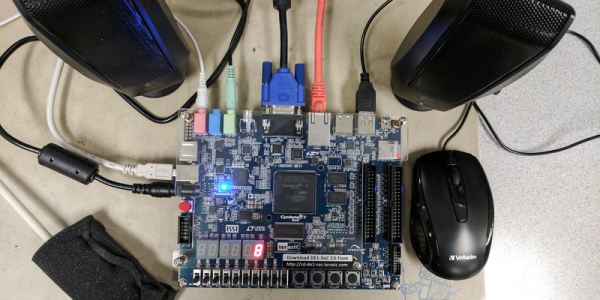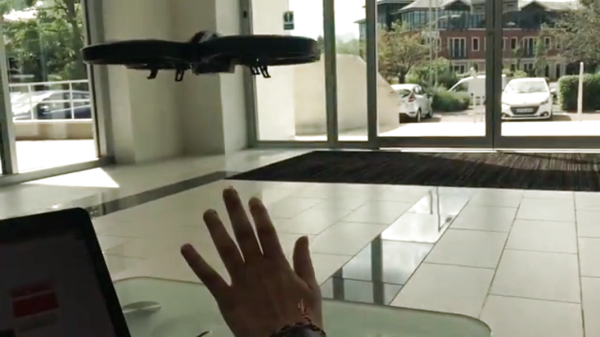Cornell Students [Sean Carroll], [Gulnar Mirza], and [James Talmage] designed a realtime pitch shifter to run on their DE1-SoC and controlled by its ARM core.
The team’s goals were to pitch-shift the left and right outputs independently, to produce chords using the original voices as well as the pitch-shifted ones, and time-delayed pitch shifting. All of it is controlled on a VGA monitor through a simple GUI, allowing users to create lots of different effects by layering the different options.
Under the hood they made use of dual circular buffers to do the pitch shifting, reading in the sample and then using simple fixed-point arithmetic to modify it, then running the signal through a Butterworth filter to clean up artifacts.
The project was built as part of [Bruce Land]’s ECE5760 class. If you’re looking for more DE1 goodness, you’ll find excellent projects aplenty on Hackaday, including the LED Matrix Audio Visualizer from last year and Synthesizing Strings on a Cyclone V, among many others.






















